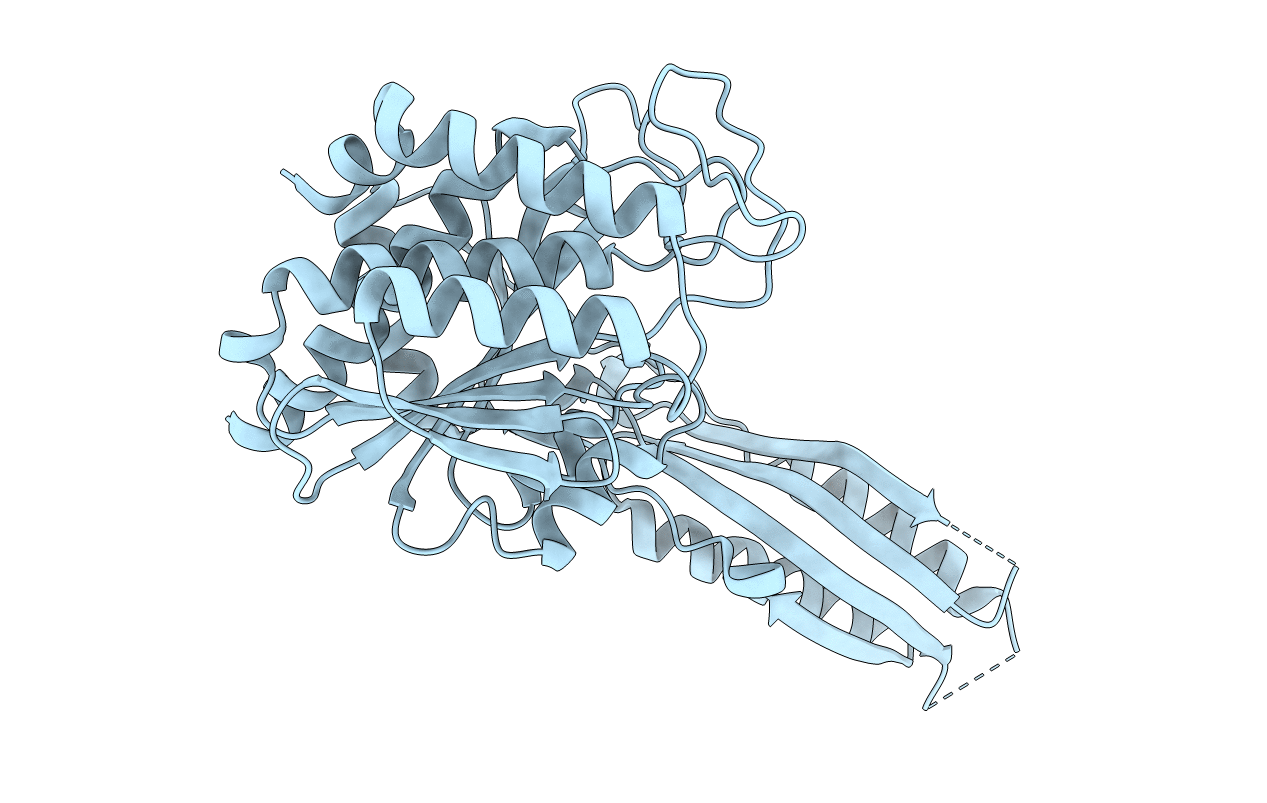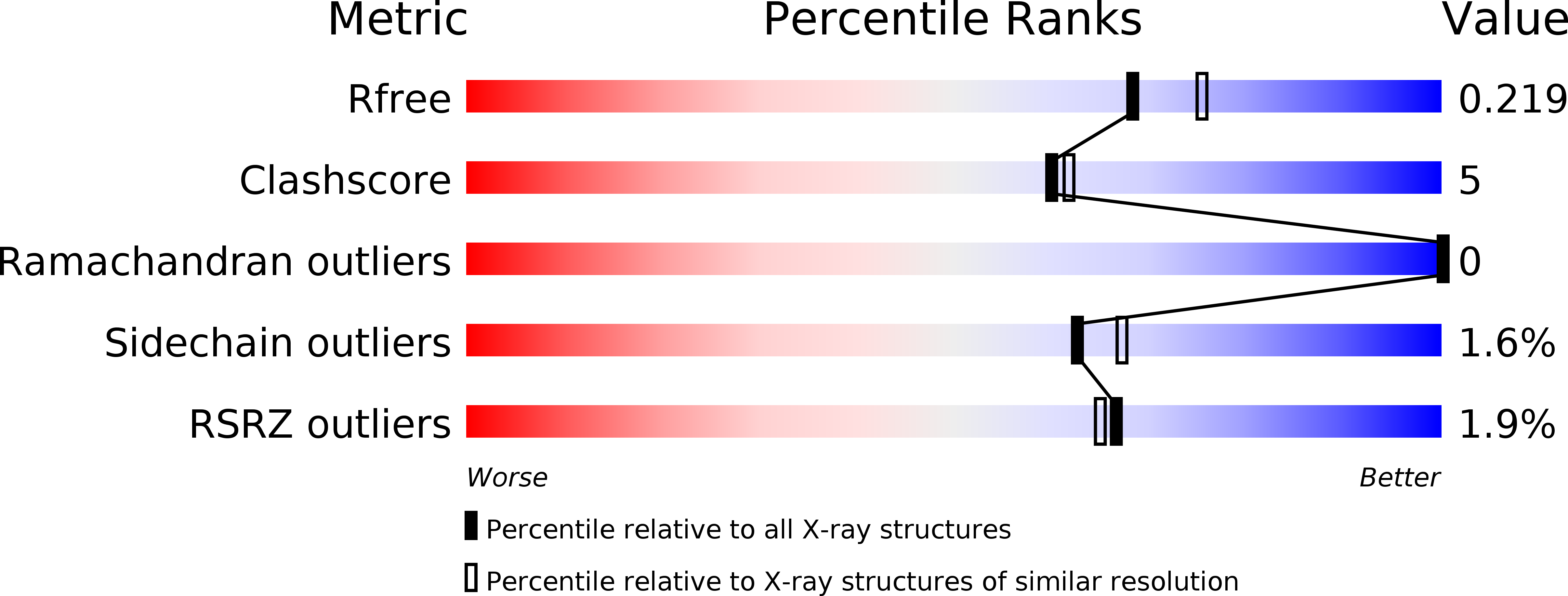
Deposition Date
2004-10-01
Release Date
2004-10-12
Last Version Date
2024-02-14
Entry Detail
PDB ID:
1XMB
Keywords:
Title:
X-ray structure of IAA-aminoacid hydrolase from Arabidopsis thaliana gene AT5G56660
Biological Source:
Source Organism:
Arabidopsis thaliana (Taxon ID: 3702)
Host Organism:
Method Details:
Experimental Method:
Resolution:
2.00 Å
R-Value Free:
0.20
R-Value Work:
0.15
R-Value Observed:
0.15
Space Group:
P 32 2 1


